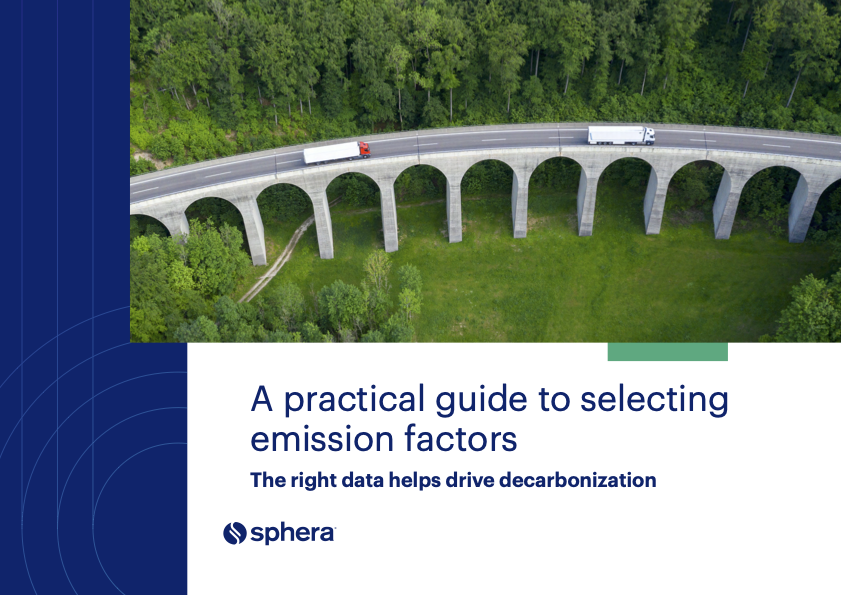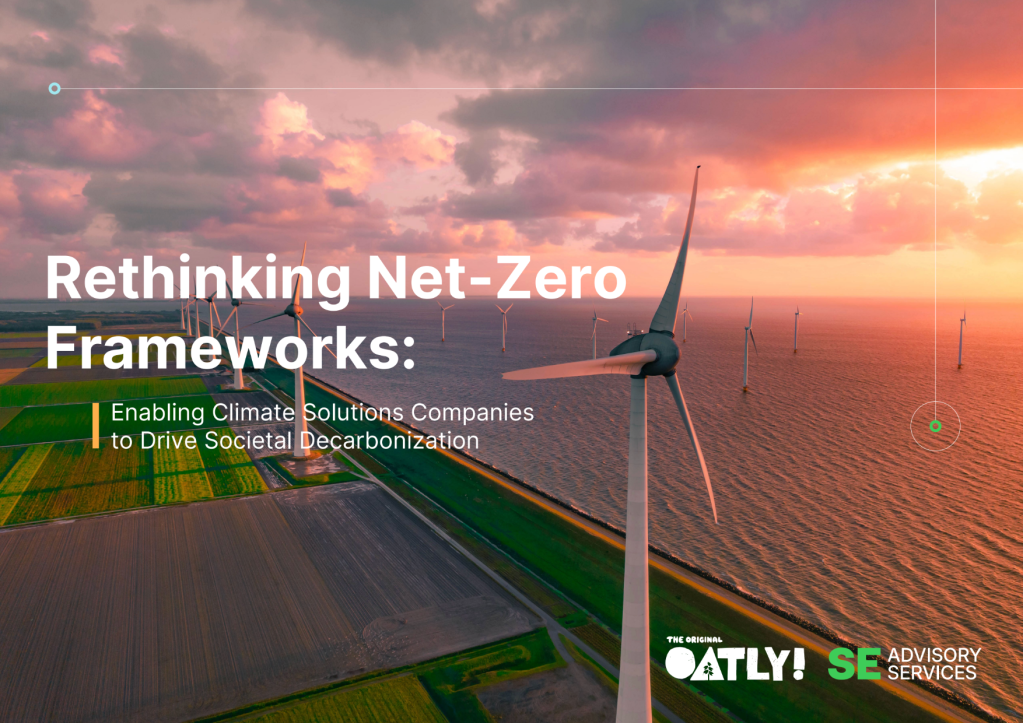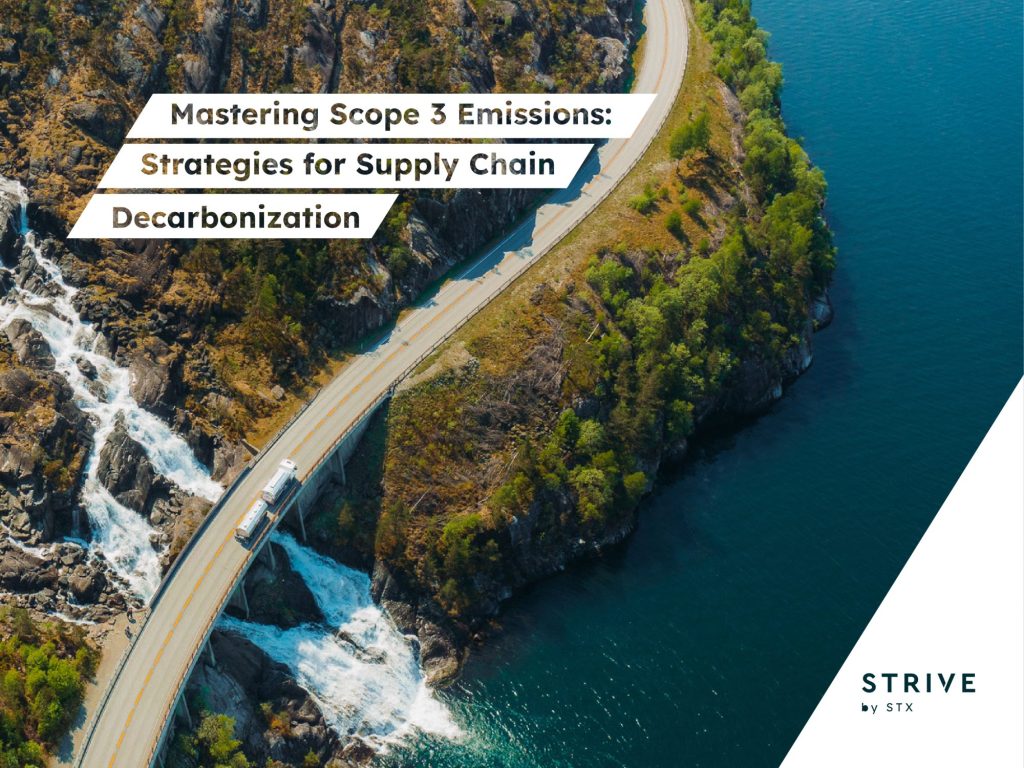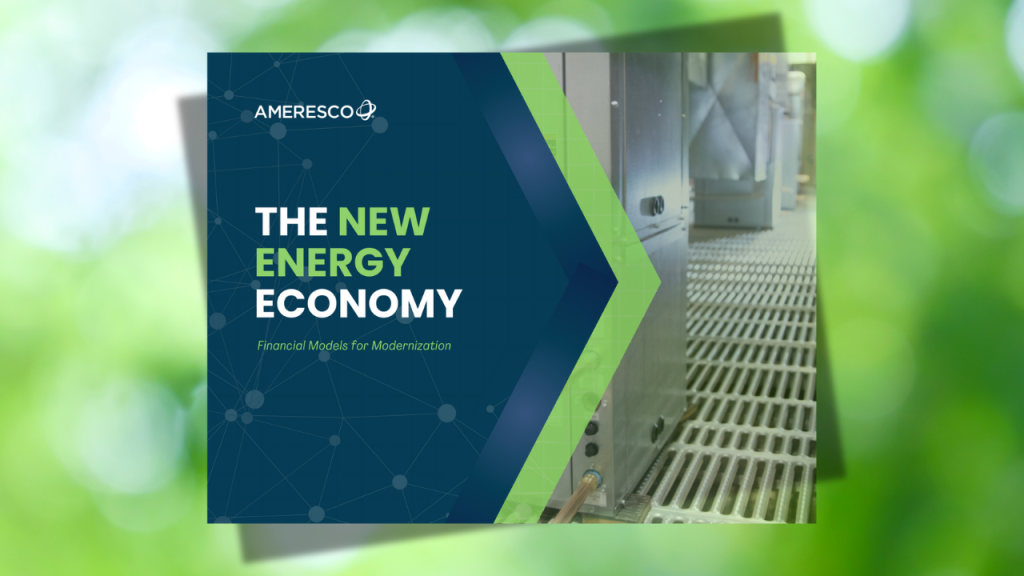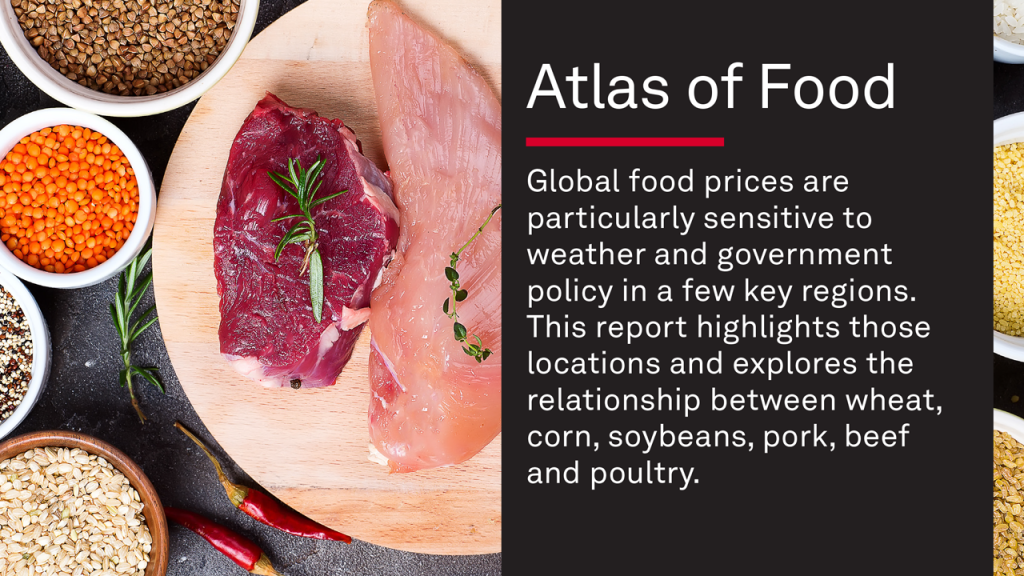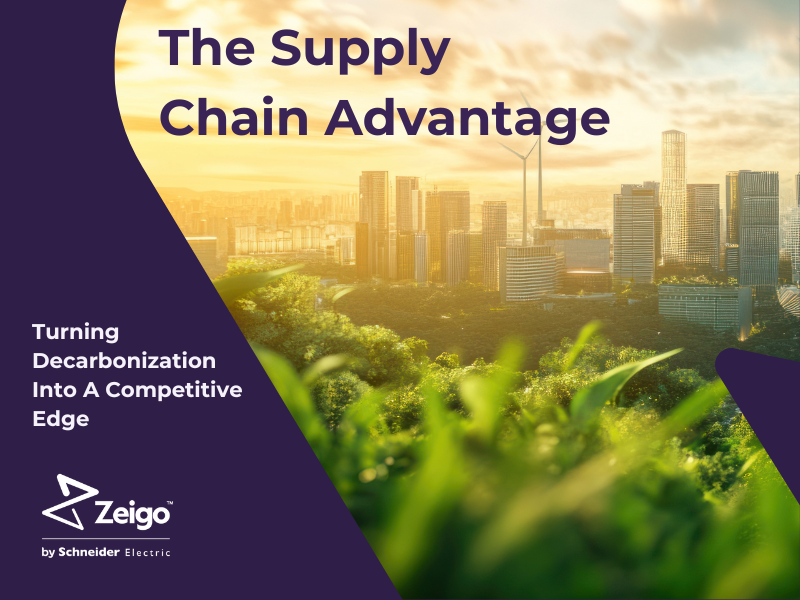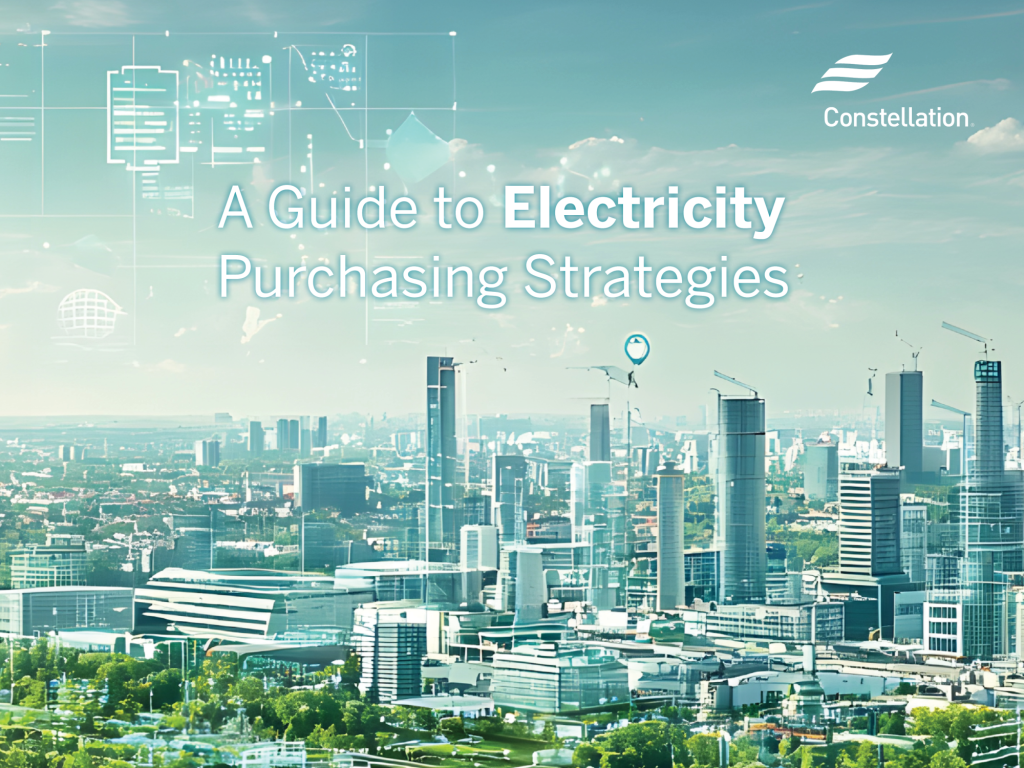Atlassian’s formula for balancing AI and climate ambition
Jessica Hyman, the enterprise software company’s chief sustainability officer, plans to double down on supplier engagement. Read More

- Atlassian experienced an 83 percent increase over the past year in customers asking about its emissions targets.
- Hyman: 2025 milestones help make sure progress is happening at the right place — even if they’re not met.
- Her most effective lever for reducing emissions: the right relationships.
Like other enterprise software companies, Atlassian is spending billions of dollars to beef up the use of artificial intelligence in its core products. And as is the case for its peers and competitors, that strategy is putting pressure on its net-zero agenda.
Atlassian, which counts 80 percent of the Fortune 500 — including Ford and Pfizer — as customers, sells software that facilitates workplace collaboration.
Its greenhouse gas emissions has increased 85 percent since its 2019 baseline year, reaching 164,346 metric tons of carbon dioxide equivalent in the fiscal year ended June 30, 2024.
During the same time, Atlassian’s revenue more than tripled, to $4.4 billion, which halved the intensity of its carbon footprint on a per-revenue basis. Intensity is a measure that some fast-growing companies, including Salesforce, are using for validated emissions reduction targets related to their supply chain, which falls into the Scope 3 category.
Atlassian hasn’t adjusted its goals yet, but it is reviewing them on the way to setting new five-year commitments, Atlassian Chief Sustainability Officer Jessica Hyman told me last week during our fireside chat at Trellis Impact 25.
“We have to understand that progress is not linear,” she said, in addressing her company’s slow progress. “We need to take this not as a defeat, but rather to say, ‘Now I know where we need to double down.’ ”
The right relationships
Atlassian fell short of a FY2025 goal to get 69 percent of suppliers to set science-based emissions reduction goals; that number was 12.3 percent as of the FY2024 update. Its path forward will lean on closer partnerships with key suppliers, especially the hyperscalers it uses to host its software, Hyman said.
Atlassian has a longstanding relationship with Amazon Web Services, and it disclosed a multi-year contract with Google’s cloud services division in August. The company’s climate goals are integrated into procurement negotiations as a standard business practice.
“When you move way up the chain of your top suppliers, the folks in your company that manage those relationships are going to be sitting close to the executive team,” she said. “We’ve spent years building those relationships and knowing who the influencers are.”
Hyman reports to Atlassian’s legal team, which ladders up to the chief financial officer. The company has six climate working groups that include representatives from sustainability, finance, procurement, risk and compliance, public policy, travel, cloud financial operations, workplace experience and real estate. So it’s vital for business leaders to “speak the language” of every other team. “I have to be able to take our net-zero strategy and translate it for a chief revenue officer just as well as I can for our general counsel just as well as I can for the people team leader,” she said.
Hyman advises sustainability professionals to spend more time understanding how their company’s digital footprint will be affected by corporate AI initiatives. Atlassian experienced an 83 percent increase over the past year in customers asking about its emissions targets, in large part because of its AI strategies.
“I think we have to own that this is new territory for all of us,” she said. “There’s a lot of humility that you can bring to the table by saying, ‘Hey, I want to understand how AI and this transformation is going to fit into my net-zero goal.’ Get to your engineering teams, get to your heads of AI and get to your hyperscalers, and just ask the questions and start learning.”

Subscribe to Trellis Briefing
Featured Reports

The Premier Event for Sustainable Business Leaders





